Lately, I’ve been reading about The Italian Renaissance and the French Impressionism of the 19th century. I noticed as I was reading that the broken color technique was the element that stood out to me in many paintings. Some of the top-known artists such as Monet and Renoir frequently used this technique in their artworks. I then realized that writing an article about the broken color technique would be a great addition to the art lessons category of my blog.
So, in this article, I’ll be covering the following points regarding the broken color technique:
- What is the broken color technique?
- Why do you want to try it out for yourself?
- How could you use it to make your artworks stand out from the crowd (for both landscapes and portraits)?
1- What is the broken color technique?
Broken color refers to applying color to a painting using strokes of paint and not blending them afterward. You can apply Broken color using a brush or a palette knife. The goal is to have the broken color optically blend in your paintings rather than doing that physically.
Let me show you what that might look like in an actual painting.
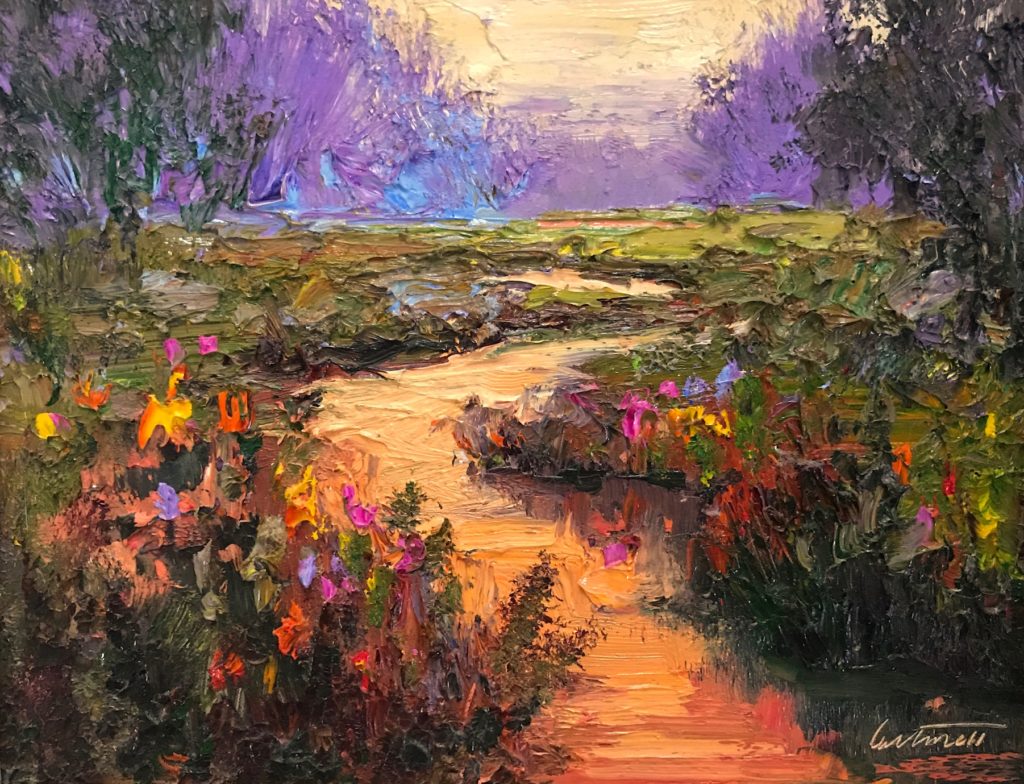
This painting is an 8 x 10 in, a study of broken color technique. If you pay enough attention to the paint strokes, you realize that the artist didn’t physically blend the paint. All he did was put the strokes on the canvas and let it sit there organically. As you look at the artwork altogether, you see that it’s optically well blended and you can get the warm sunset color from the overall vibe. This is exactly what broken color means.
A second point I’d like to mention is the fact that adopting such powerful techniques as the broken color, is a very easy way to create an art style that could make your art stand out. Artist Paul Wright is a great example of this (see the picture below). His broken color portraits are very easy to recognize thanks to his powerful strokes and his mastery of the broken color technique.
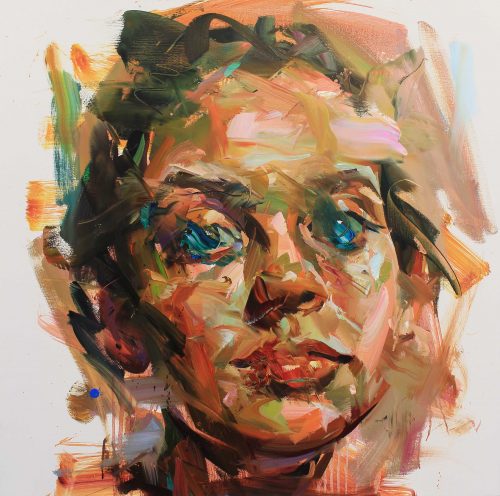
2- Why would you want to try the broken color technique for yourself?
To begin with, my answer to any why, is why not? Your number one job as an aspiring artist is to learn and experiment as much as you can before you decide on an art style, especially when it comes to techniques and supplies.
But to answer the question directly, using broken color gives your paintings so much life and vibrance. It emphasizes the effects of light and color and helps you upgrade your paintings from looking too perfect, realistic, neat, and boring. By allowing your viewer’s eye to do the job of blending colors together, you will be able to capture the real sensation of light and imbue your artwork with a lot of energy if I do say so myself.
Are you convinced to try this technique yet? 🙂
3- How to use broken color to make your artworks stand out? (for both landscapes and portraits)
Let me walk you through two examples of broken color in both landscape paintings and portraits:
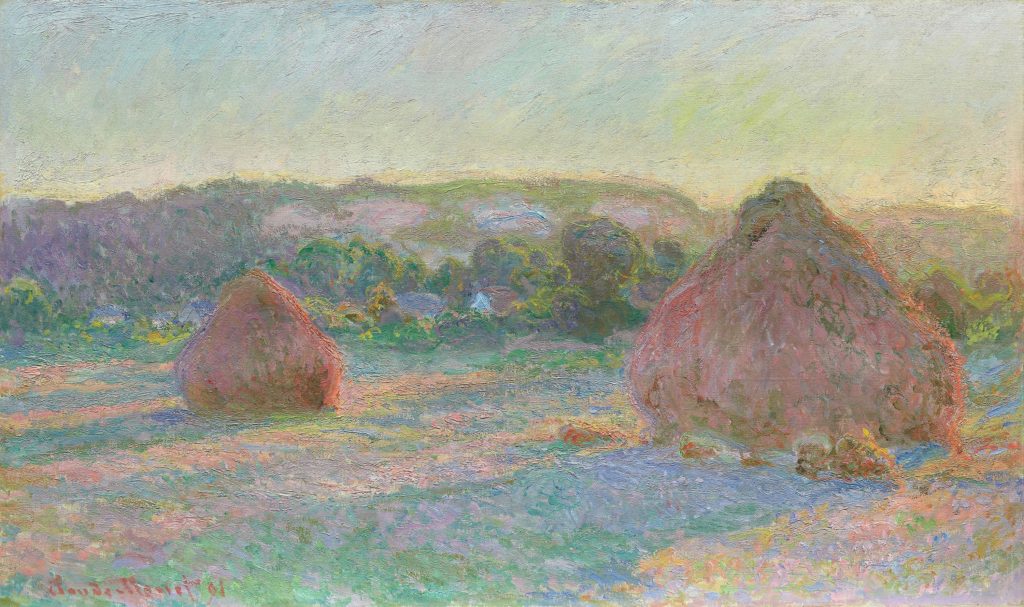
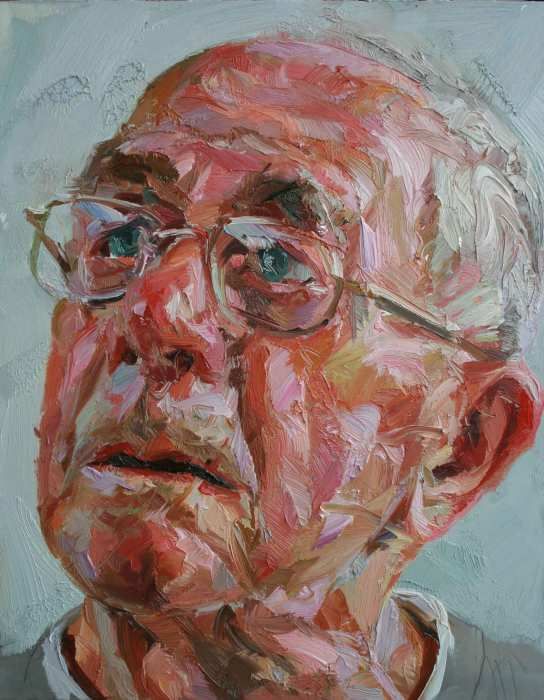
The more time you spend analyzing these artworks, the more you realize how our eyes are able to blend the broken colors and deliver an easily processed image to our minds, which is just mesmerizing to me.
When it comes to you creating this beautiful illusion of light using a simple technique such as broken color, you can either paint the entire thing using broken color only, or you can use the broken color just in areas where you want to give more vibrance and get the viewer hooked.

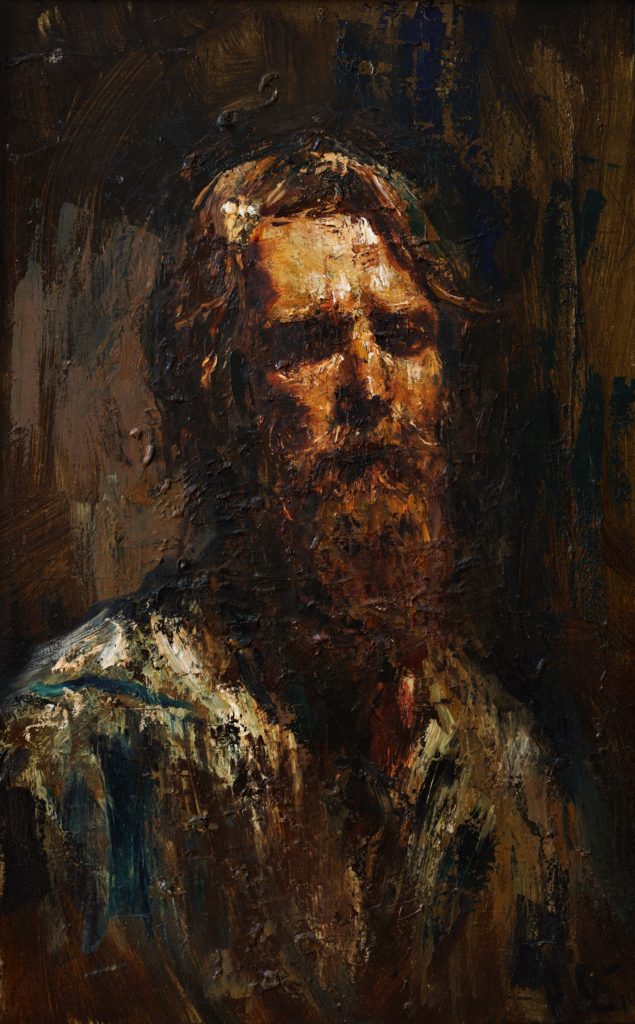
The second thing you’d want to decide on is the size of your strokes. You might want to go with points as in pointillism, or with little brush strokes as in Monet’s impressionism. You can even follow Paul Wright’s model by using larger brush and palette knife strokes. The choice is always yours, you’re the artist and all the creative decisions are up to you.

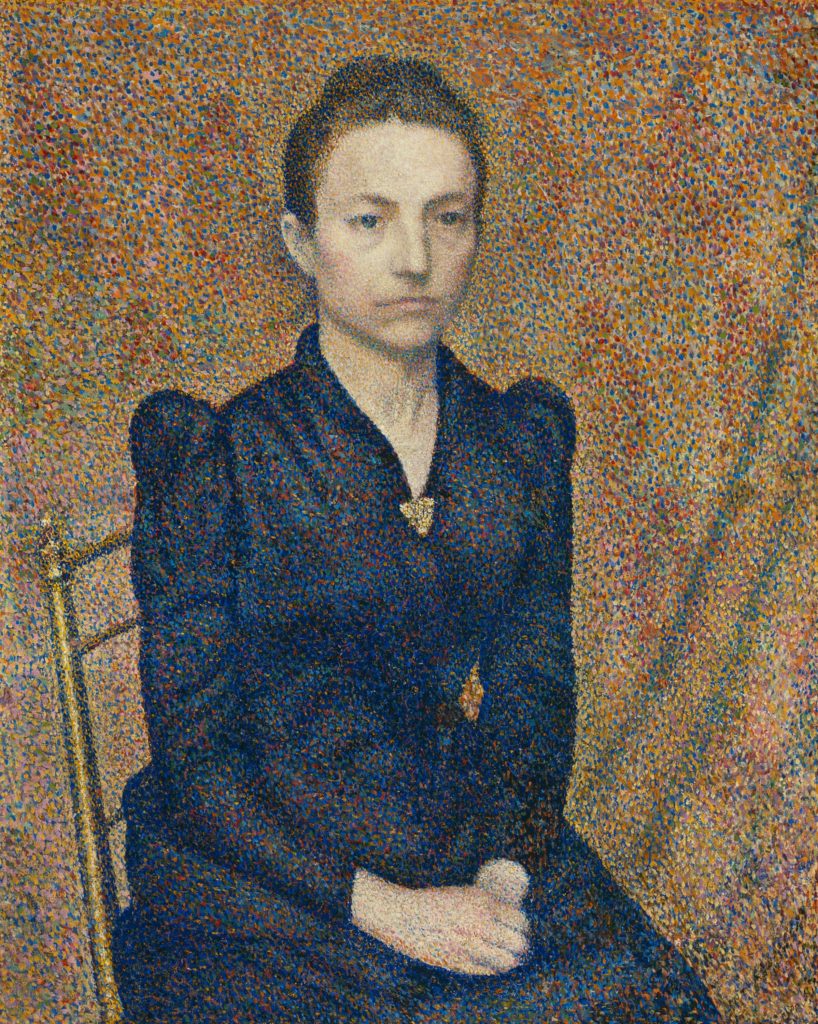
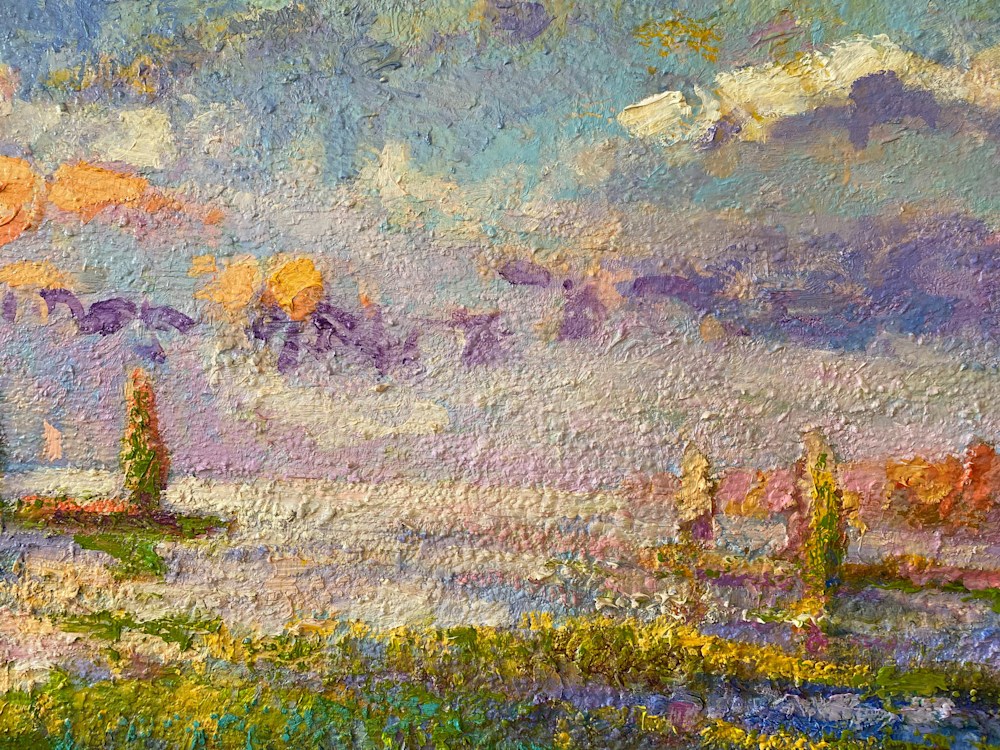
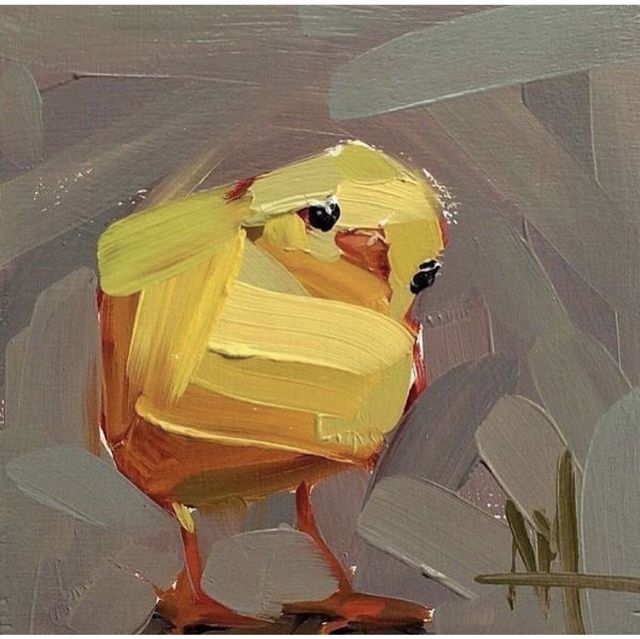
Last but not least, if you’re trying the broken color technique for the first time, keep in mind that some color mixing skills are required because light hues are very tricky and illusional. Be patient, take your time, and experiment with it before deciding on whether to adopt it as part of your art style or not.
Conclusion:
Additional tip: The broken color technique is one way you could add texture to your artworks.
In your journey of learning to paint or to master any creative endeavor, having the patience and the will to experiment with different techniques and mediums is the biggest hack. The more you learn and the more visual nutrition you get, the easier it is to create and get creative. So don’t rush the process and read this article for more tips to succeed as a self-taught artist.



3 Comments